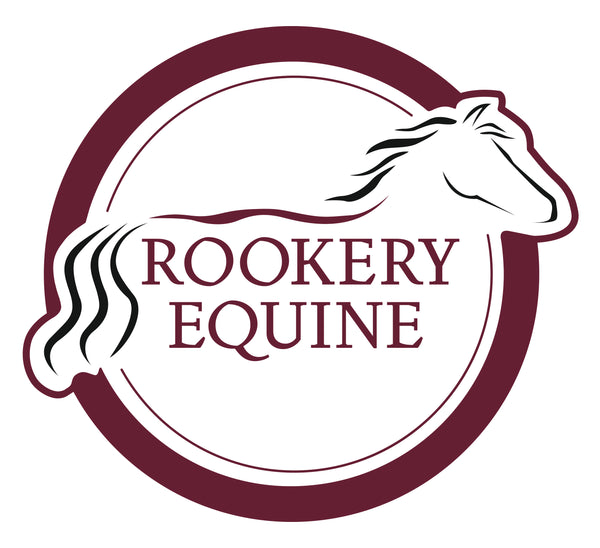
TECAR Therapy for Horses: The Cutting-Edge Treatment Revolutionising Equine Recovery
Share
Whether you’re managing a competitive performance horse or a beloved companion, keeping them healthy, pain-free, and mobile is always a top priority. In recent years, one treatment has quietly been making waves in the world of equine physiotherapy and sports medicine: TECAR therapy.
But what exactly is TECAR therapy, and why are more equine professionals turning to it as a go-to treatment?
What Is TECAR Therapy?
TECAR stands for Transfer of Energy Capacitive and Resistive. It’s a type of deep thermotherapy that uses high-frequency electromagnetic currents to stimulate the body’s natural healing processes. Unlike other therapies that work from the outside in, TECAR works from the inside out, creating deep tissue stimulation and promoting blood circulation, cellular repair, and muscle relaxation.
It’s non-invasive, pain-free, and often used as part of physiotherapy, injury rehab, or post-exercise recovery — and it’s now being widely adapted for equine use.
Key Benefits of TECAR Therapy in Equine Care
1. Accelerates Injury Recovery
TECAR therapy helps speed up tissue regeneration by increasing cellular metabolism and enhancing blood flow. It’s particularly useful for:
-
Tendon and ligament injuries (e.g., suspensory ligament desmitis)
-
Muscle strains
-
Joint inflammation
-
Wounds or post-surgical recovery
2. Reduces Pain and Inflammation
By improving circulation and promoting the drainage of inflammatory fluids, TECAR helps alleviate pain naturally. Horses typically find the treatment relaxing and may even show signs of enjoyment during sessions.
3. Improves Flexibility and Performance
Regular TECAR treatments can help maintain muscle elasticity, joint mobility, and neuromuscular balance, crucial for athletic horses, especially in disciplines like showjumping, dressage, and racing.
4. Non-Invasive and Stress-Free
No needles, no sedatives, and no downtime. Most horses tolerate it well, and because the therapist can adjust intensity and mode (capacitive vs. resistive), it’s easily tailored to each horse’s needs and tolerance levels.
5. Effective as Both Treatment and Prevention
TECAR isn’t just reactive. It’s used proactively in high-performance settings to prevent injuries by keeping soft tissues supple, reducing muscle fatigue, and promoting quicker recovery after training or events.
Capacitive vs. Resistive Modes: What’s the Difference?
-
Capacitive Mode: Targets superficial tissues like muscles and lymphatic structures. Ideal for promoting relaxation, reducing muscle tension, or draining excess fluids.
-
Resistive Mode: Reaches deeper structures like tendons, joints, and bones. Great for treating chronic injuries, joint degeneration, or deep tissue inflammation.
A qualified therapist will typically use a combination of both during a session, depending on the horse’s condition.
Is TECAR Therapy Safe for My Horse?
Yes, when performed by a trained equine therapist, TECAR therapy is safe, gentle, and backed by growing clinical evidence. It’s increasingly used by veterinarians, physiotherapists, and elite competition stables across Europe and beyond.
However, it may be contraindicated in some cases (e.g., cancer, pacemakers, certain infections), so always consult your vet or a certified therapist before beginning treatment.
Final Thoughts
Whether your horse is recovering from an injury, competing at the top level, or just needing a bit of extra support as they age, TECAR therapy offers a scientifically-backed, non-invasive option to improve wellbeing and performance. With its ability to enhance healing, reduce pain, and prevent injury, it’s no surprise TECAR is becoming a staple in modern equine therapy.
💬 Have questions about TECAR for your horse?
Let us know in the comments
